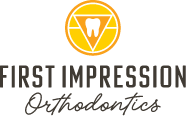Common Orthodontic Issues
While we often see these common orthodontic problems in new patients, your journey is all about you.
On your first visit, Dr. Lu will help you decide which orthodontic treatment aligns with your priorities – whether it’s convenience, faster results or a virtually-invisible look.


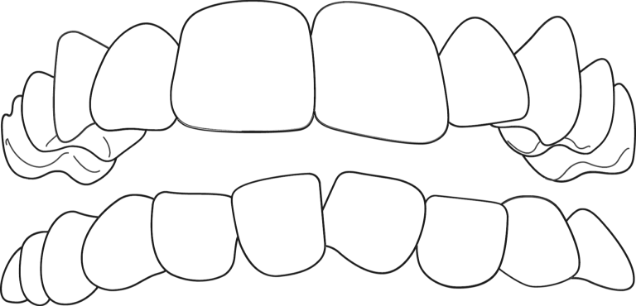
Crowed Teeth
Teeth that are overlapping are considered ‘crowded’. More often than not, crowding is the result of insufficient room in the mouth. When the jaws aren’t wide enough to fit all teeth, teeth start overlapping each other as they’re emerging.
In some cases, crowded teeth can be treated with a palatal expander appliance during childhood, while the jaws are still developing. In severe cases of crowding, Dr. Lu will discuss the best treatment route with you.

Spacing Issues
It’s normal to have some spaces between primary teeth. However, significant gaps or spaces in children, teens or adults may result from having excess room in the jaws, congenitally missing teeth (missing certain teeth at birth), cavities or trauma, or certain childhood habits (like thumb sucking).
Spacing issues are some of the most common orthodontic problems, and most cases can be treated with clear aligners or any type of braces.


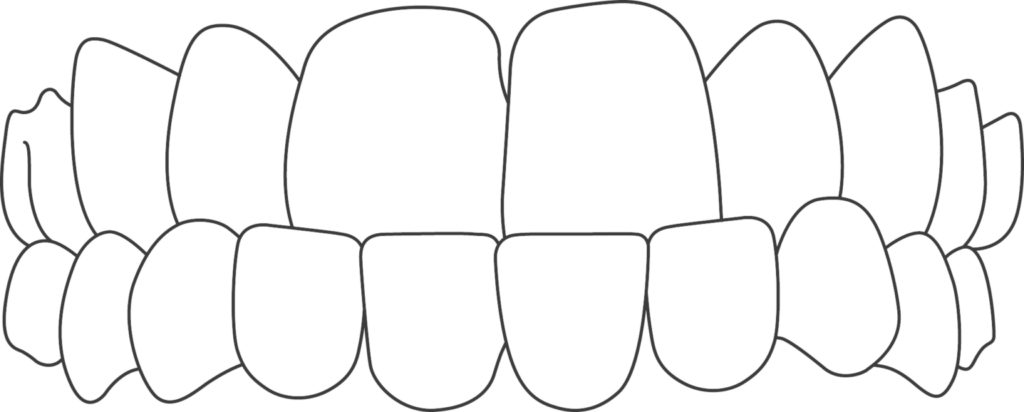
Underbite (Malocclusion)
With an underbite, the lower jaw extends further than the upper jaw. This condition can cause facial imbalances, pain or difficulty when chewing and speaking, and can cause teeth to wear down prematurely due to not meeting evenly.
Underbites are often treated with clear aligners, braces, and/or orthodontic appliances, and in more severe cases, surgical orthodontics.


Overbite (Malocclusion)
When the upper jaw extends further than the lower jaw, this is called an overbite. Depending on how severe the condition is, an overbite can cause jaw pain, difficulty eating and chewing, and speech issues. In some cases, the lower teeth will meet the roof of the mouth – ouch!
Underbites are often treated with clear aligners, braces, and/or orthodontic appliances, and in more severe cases, surgical orthodontics.


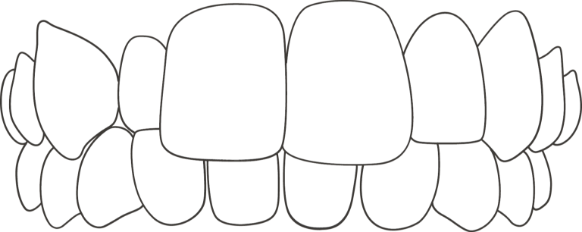
Crossbite (Malocclusion)
When the upper teeth are positioned inside the lower teeth, this is called a crossbite. This may be a posterior crossbite (in the back of the mouth) or an anterior crossbite (toward the front of the mouth).
Crossbites can affect individual teeth or multiple teeth in a row. This condition may result from irregular tooth eruption, late loss of baby teeth, or thumb sucking during childhood. It can also occur due to a mismatch in the size of the upper and lower jaws.
Crossbites are often treated with airway orthodontics, clear aligners, braces, and/or orthodontic appliances, or in more severe cases, surgical orthodontics.

Open Bite (Malocclusion)
If some of the top teeth don’t meet the bottom teeth when the mouth is closed, this is called an open bite. (With a healthy alignment, the top teeth overlap the bottom teeth slightly.)
An open bite may be the result of skeletal development problems and/or childhood habits, like thumb sucking and tongue-thrusting. It can be extremely challenging to chew food properly and pronounce certain words with an open bite, and the facial structure is typically affected by this condition.
Some open bite cases may be treated with braces or clear aligners and orthodontic appliances, while others may require surgery. Early orthodontic treatment can be particularly effective for treating this condition before it progresses and leads to further challenges.
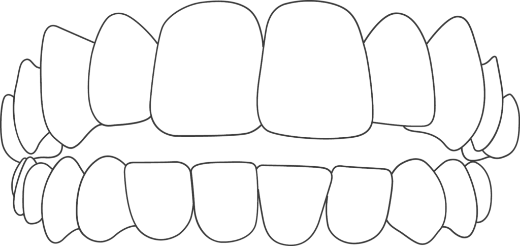


Protrusion (Malocclusion)
A protrusion, also known as an overjet condition, occurs when the front teeth protrude outward. Commonly called “buck teeth”, an overjet generally results from underdeveloped jaw bones, or thumb sucking.
Early orthodontic treatment is a highly-efficient treatment option for protrusions. Depending on the severity of the condition, a full treatment of braces or clear aligners, and orthodontic appliances, may be used for these cases.


